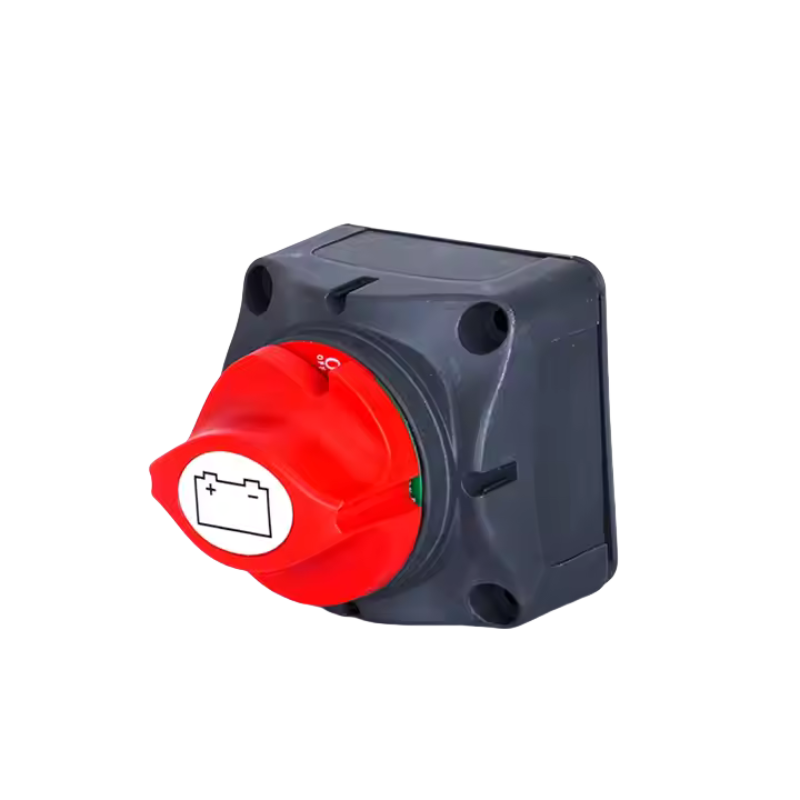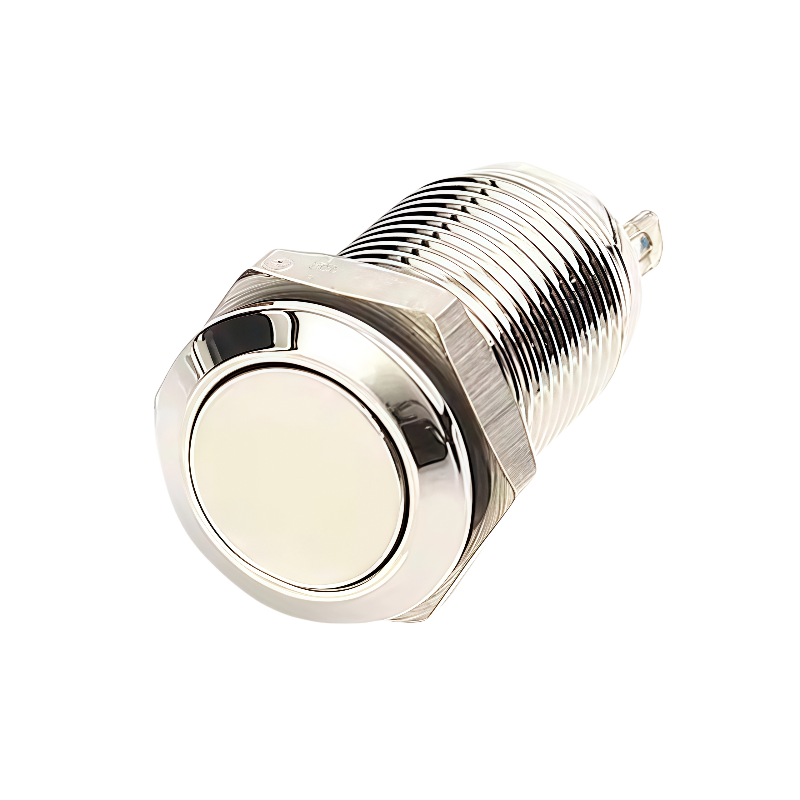Introduction to Rotary Switches
Rotary switches are electromechanical components that control electrical circuits by rotating a spindle to different positions. Unlike toggle or push-button switches, they offer multi-position control in a compact form factor, making them indispensable in industrial control panels, test equipment, audio systems, and automation setups. Their ability to handle complex circuit routing with tactile precision ensures reliability in critical applications.
Core Working Principle
A rotary switch operates via a rotating contact arm (rotor) that aligns with stationary terminals (stators) arranged in a circular pattern. Each position connects distinct circuits:
Make-Before-Break (MBB): Maintains continuity during rotation, preventing open circuits.
Break-Before-Make (BBM): Interrupts current before engaging the next circuit, avoiding short circuits.
Design Tip: MBB suits safety-critical systems (e.g., medical devices); BBM is ideal for voltage-sensitive instrumentation.
Key Components and Materials
Contacts: Silver-alloy or gold-plated for low resistance (≤100mΩ) and corrosion resistance.
Housings: Thermoplastics (UL94 V-0 rated) or aluminum for EMI shielding.
Shafts: Stainless steel (e.g., SUS304) with IP65/67 sealing for moisture/dust protection.
Terminals: Screw, solder lug, or PCB-mount options.
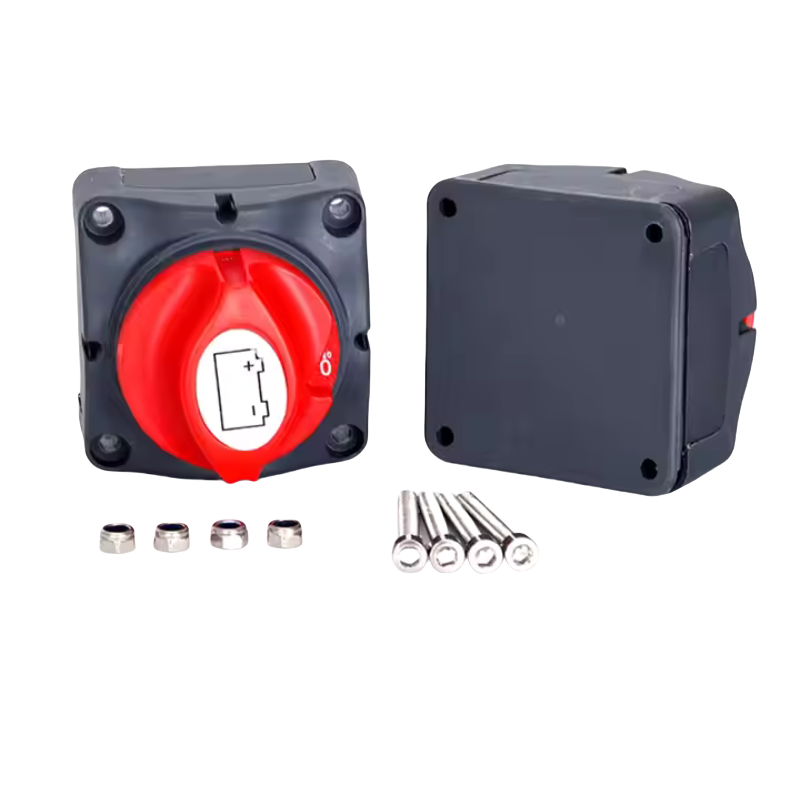
Technical Specifications Decoded
Electrical Ratings:
Voltage: AC/DC ratings (e.g., 250V AC, 48V DC). Exceeding this risks dielectric breakdown.
Current: Resistive (e.g., 5A) vs. inductive (e.g., 2A) loads. Inductive loads require derating due to arcing.
Power Rating: Expressed in VA (e.g., 500VA). Calculated as Voltage × Current.
Mechanical Endurance:
Cycle life: 50,000–100,000 rotations (validated per IEC 61058).
Operating torque: 5–20 N·m for tactile feedback.
Environmental Resilience:
Temperature: −40°C to +120°C operational range.
Sealing: IP67 for washdown environments.
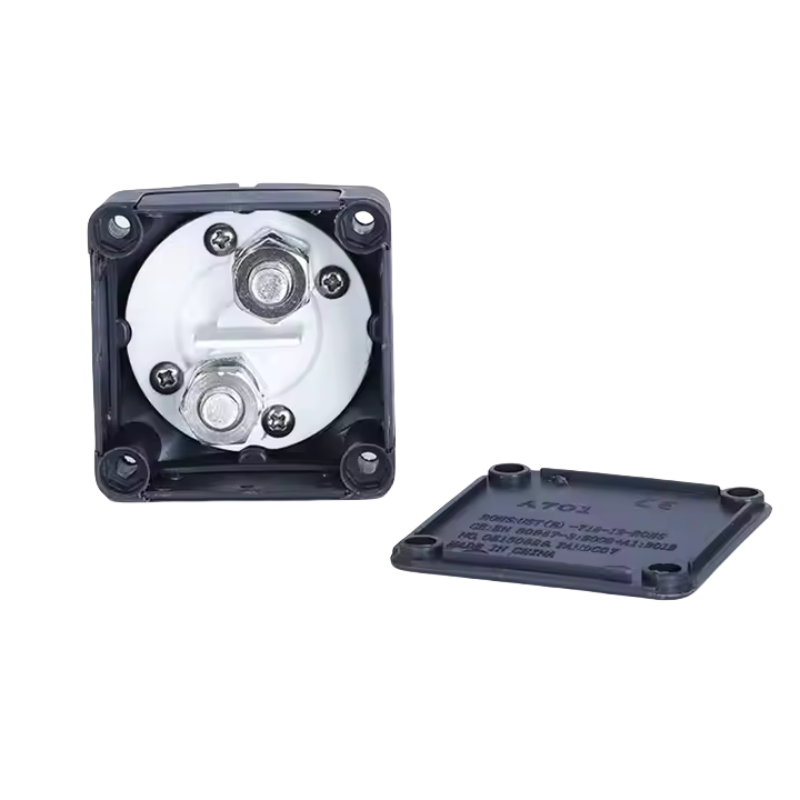
Common Types and Configurations
Single-Deck Switches: 1 pole, 3–12 positions. Ideal for simple mode selection.
Multi-Deck Stacked Switches: Independent circuits controlled by one shaft (e.g., 4PDT).
Encoder-Style Switches: Pulse output for digital systems (e.g., motor speed control).
High-Current Industrial Switches: Up to 20A/600V for power distribution.
Why Choose Rotary Over Digital Alternatives?
Tactile Feedback: Physical confirmation prevents erroneous inputs.
EMI Immunity: No software vulnerabilities in high-noise environments.
Fail-Safe Operation: Maintains state during power loss.
Design Considerations
Contact Bounce: <5ms bounce time for clean signal transitions.
Dielectric Strength: >2.5kV isolation between contacts.
Load Compatibility: Use snubber circuits with inductive loads (motors, solenoids).
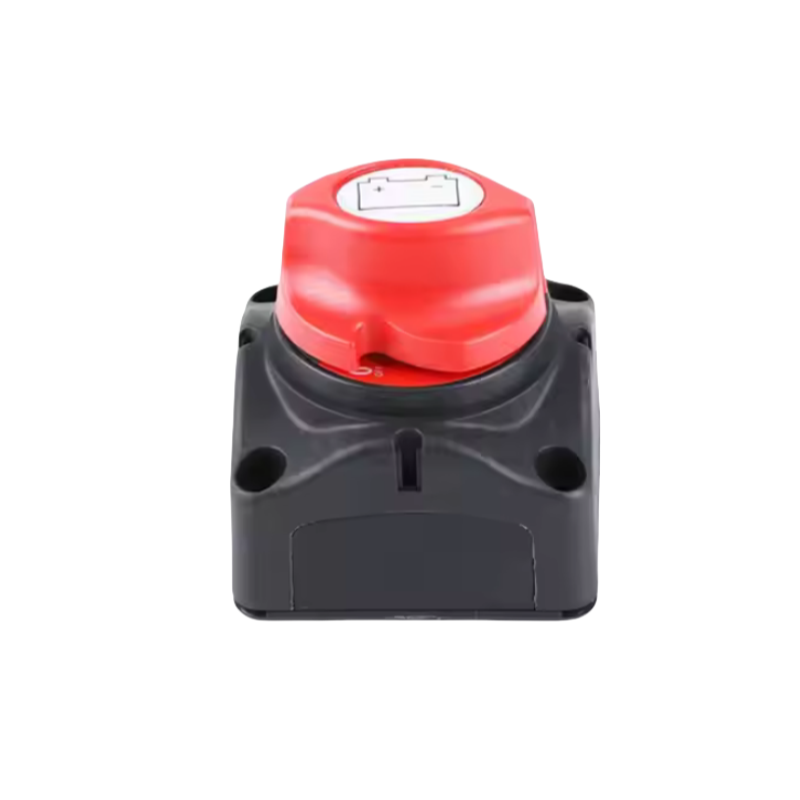
Rotary switches deliver unmatched versatility in circuit control. Understanding their electrical limits, material science, and configuration options ensures optimal integration into robust systems.

